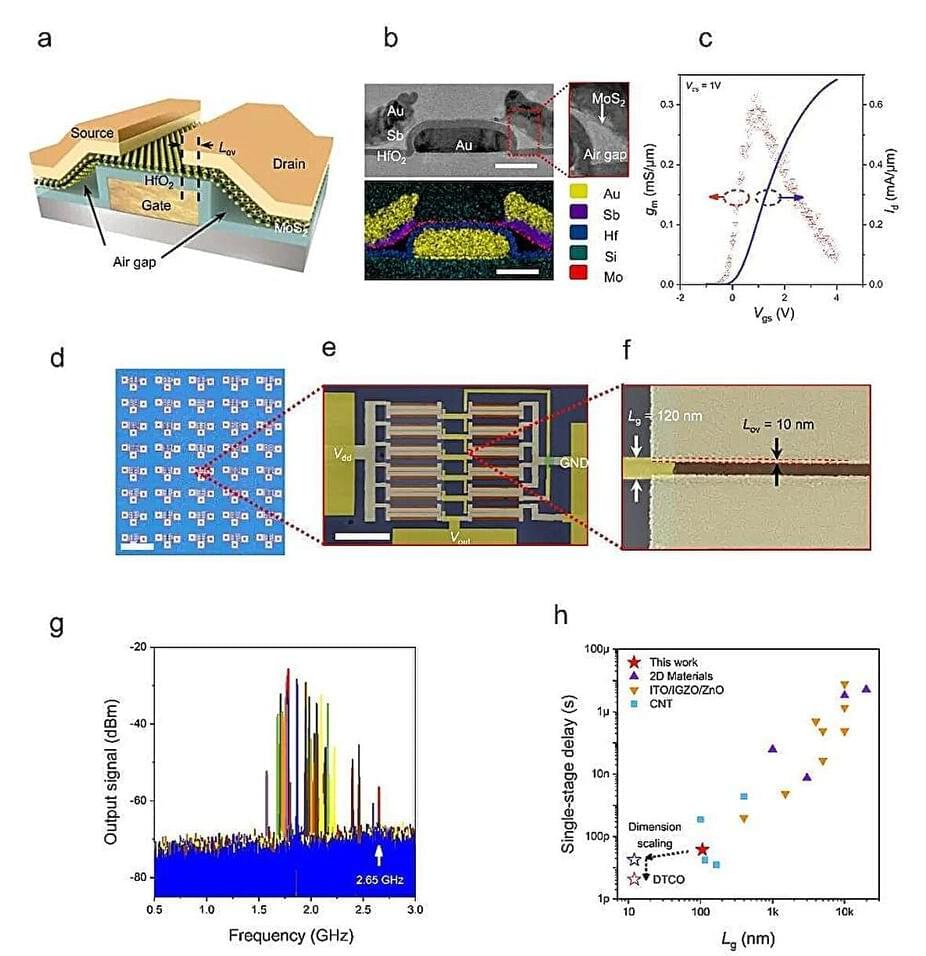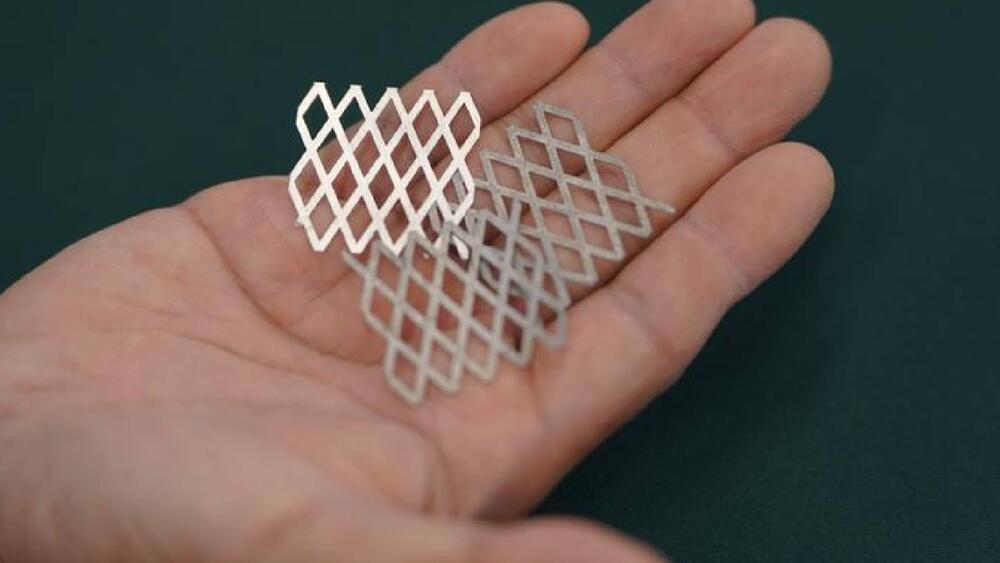Transistors are crucial electronic components that regulate, amplify and control the flow of current inside most existing devices. In recent years, electronics engineers have been trying to identify materials and design strategies that could help to further improve the performance of transistors, while also reducing their size.
Two-dimensional (2D) transition metal dichalcogenides have some advantageous properties that could help to enhance the capabilities of transistors. While past studies have demonstrated the potential of these materials in individual transistors, their use for developing entire integrated circuits (ICs) that operate at high frequencies has proved challenging.
Researchers at Nanjing University in China recently created new ICs that can operate at GHz frequencies, based on the 2D semiconducting material monolayer molybdenum disulfide (MoS2). Their devices, presented in a Nature Electronics paper, rely on MoS2-based field-effect transistors (FETs).








